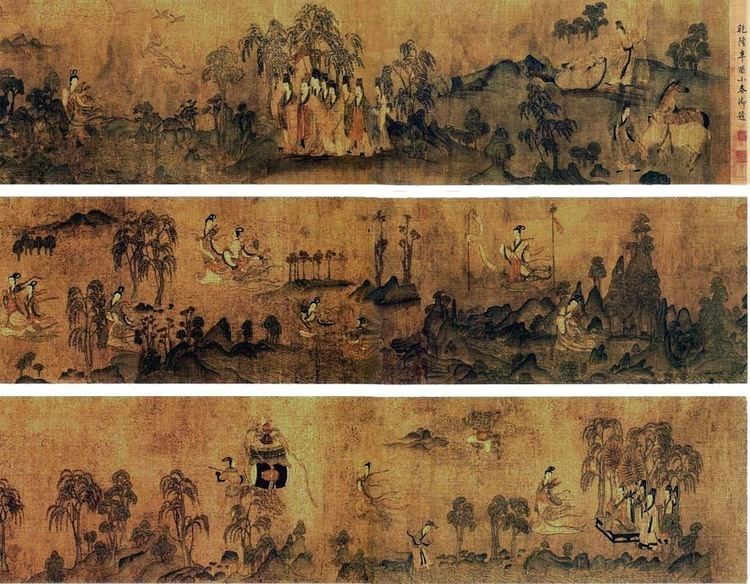 | ||
Year 377 (CCCLXXVII) was a common year starting on Sunday (link will display the full calendar) of the Julian calendar. At the time, it was known as the Year of the Consulship of Augustus and Merobaudes (or, less frequently, year 1130 Ab urbe condita). The denomination 377 for this year has been used since the early medieval period, when the Anno Domini calendar era became the prevalent method in Europe for naming years.
Contents
Roman Empire
Persia
Arts and sciences
Births
Deaths
References
377 Wikipedia(Text) CC BY-SA
